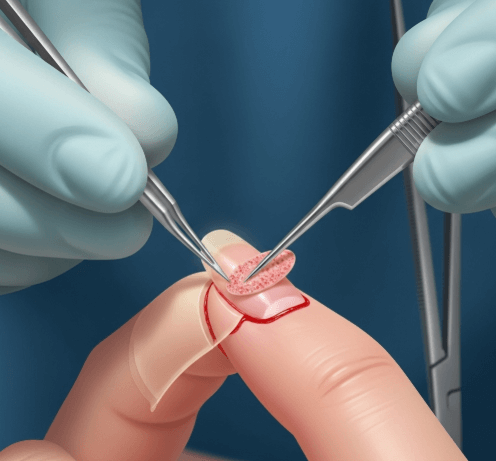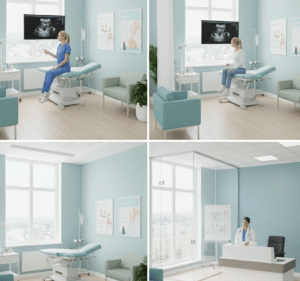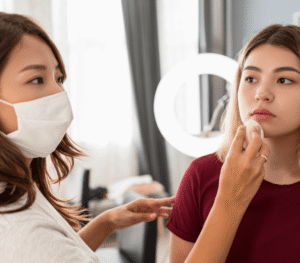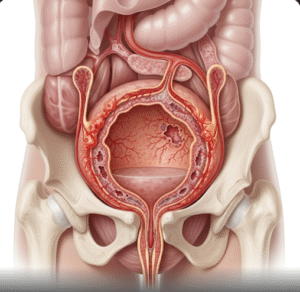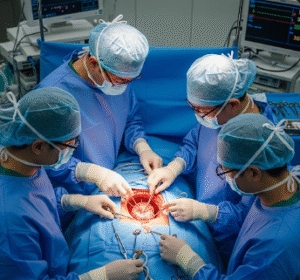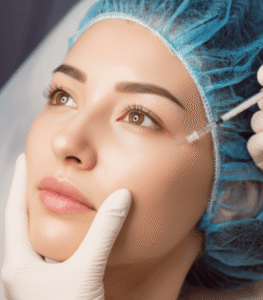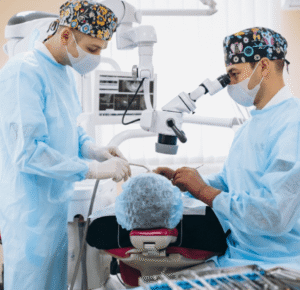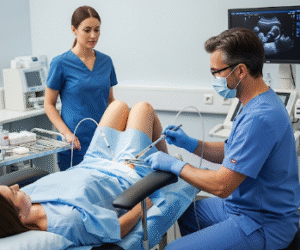What it is
Nail matrix biopsy in Korea is a specialized diagnostic procedure where a small section of the nail matrix (the tissue beneath the nail plate that produces nail growth) is surgically sampled for laboratory analysis.
This biopsy is performed when nail abnormalities suggest conditions such as melanoma, squamous cell carcinoma, chronic infections, or inflammatory nail diseases. Because the matrix is responsible for nail formation, precision is crucial to minimize long-term nail deformity.
→ In Korea, nail matrix biopsies are carried out in dermatology clinics, university hospitals, and skin cancer centers, with both diagnostic accuracy and cosmetic preservation in mind.
• Considered the gold standard for diagnosing pigmented nail streaks (longitudinal melanonychia).
• Requires high surgical skill due to the delicate anatomy of the nail unit.
Why it’s done
Patients in Korea undergo nail matrix biopsy for:
→ Detection of nail melanoma → To confirm if pigmented streaks are cancerous.
→ Suspicious nail lesions → For nodules, ulcers, or growths in the nail unit.
→ Chronic unexplained nail changes → Thickening, splitting, or discoloration not explained by fungal infection.
→ Inflammatory or autoimmune disease diagnosis → Psoriasis, lichen planus, lupus affecting nails.
→ Guiding treatment → Accurate pathology allows proper surgical or medical planning.
Alternatives
Other methods of investigating nail disorders include:
• Dermoscopy → Non-invasive imaging of pigmented streaks.
• Nail clipping analysis → For fungal infections or superficial nail pathology.
• Punch biopsy of nail bed → For deeper lesions, but less precise for matrix changes.
• Excisional nail biopsy → Removal of entire lesion or nail plate when larger sampling is required.
→ Nail matrix biopsy is chosen when precise sampling of the nail-producing tissue is necessary.
Preparation
Before undergoing nail matrix biopsy in Korea, preparation includes:
- Dermatology consultation → Review of nail changes and dermoscopic evaluation.
- Medical history → Check for bleeding disorders, medications, and allergies.
- Anesthesia planning → Digital block with lidocaine to numb the finger or toe.
- Patient education → Discussion of potential nail deformity, healing time, and scar outcomes.
- Pre-procedure care → Avoid aspirin or blood thinners if possible.
→ Korean clinics often use digital imaging to document the lesion before biopsy.
How it’s done
Nail matrix biopsy in Korea is performed in a sterile outpatient setting:
- Anesthesia → A digital nerve block is applied to the affected finger or toe.
- Nail plate removal (partial or full) → The overlying nail is lifted or partially excised to access the matrix.
- Tissue sampling → A scalpel or punch tool removes a small piece of the nail matrix.
- Hemostasis → Controlled with electrosurgery or compression.
- Closure → Depending on size, the wound may be sutured or left to heal naturally.
- Dressing → Antibiotic ointment and bandage applied.
→ The procedure typically takes 30–45 minutes.
→ The sample is sent to a pathology lab for analysis.
Recovery
Recovery after nail matrix biopsy is slightly longer than superficial biopsies due to nail anatomy:
• Pain and swelling → Common for 2–3 days, controlled with medication.
• Bandage care → Dressings changed daily with ointment application.
• Healing time → Usually 2–3 weeks for soft tissue; the nail takes months to regrow.
• Temporary nail deformity → Nail may grow irregularly until the matrix heals.
• Long-term outcomes → In skilled Korean clinics, permanent deformity is minimized.
→ Patients can usually return to normal activities in a few days, avoiding trauma to the digit.
Complication
Possible risks include:
- Pain or bleeding → Common but short-term.
- Infection → Rare, prevented with sterile care.
- Permanent nail deformity → Possible if too much of the matrix is removed.
- Delayed healing → More common in toenail procedures.
- Scarring → Can cause ridging or irregular nail growth.
→ Korean dermatologists minimize risks with microsurgical precision and scar management techniques.
Treatment option in Korea
Korea provides advanced options for nail matrix biopsy:
→ Specialized dermatology and oncology clinics → Focused on nail melanoma and nail disorders.
→ Microsurgical tools → Ensure precise sampling with minimal trauma.
• Pathology expertise → On-site labs provide accurate analysis of nail melanoma and rare nail diseases.
• Scar management → Clinics often integrate laser or silicone therapy to minimize nail deformities.
• Medical tourism → International patients frequently visit Korea for suspected nail melanoma due to its fast diagnosis and cosmetically focused surgical care.
→ With its cutting-edge microsurgical methods, diagnostic accuracy, and emphasis on cosmetic outcomes, nail matrix biopsy in Korea ensures reliable results while preserving the natural appearance of nails as much as possible.

